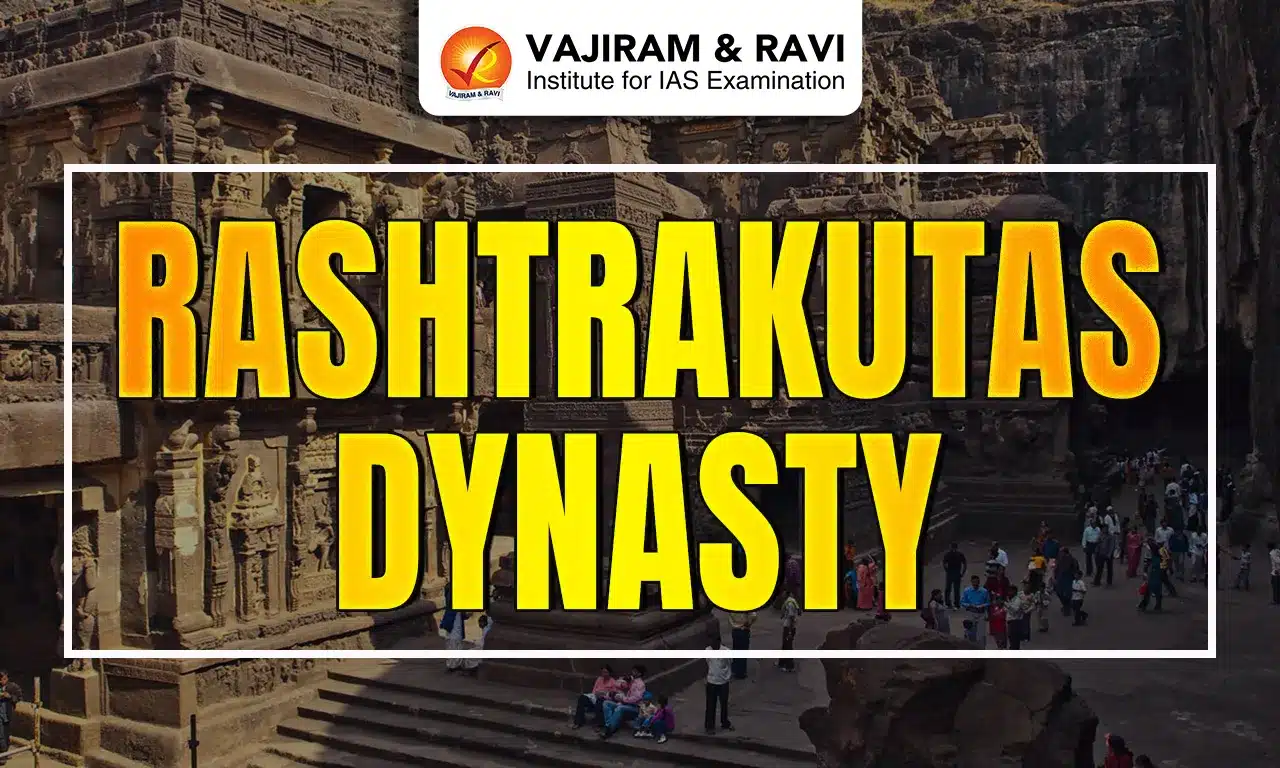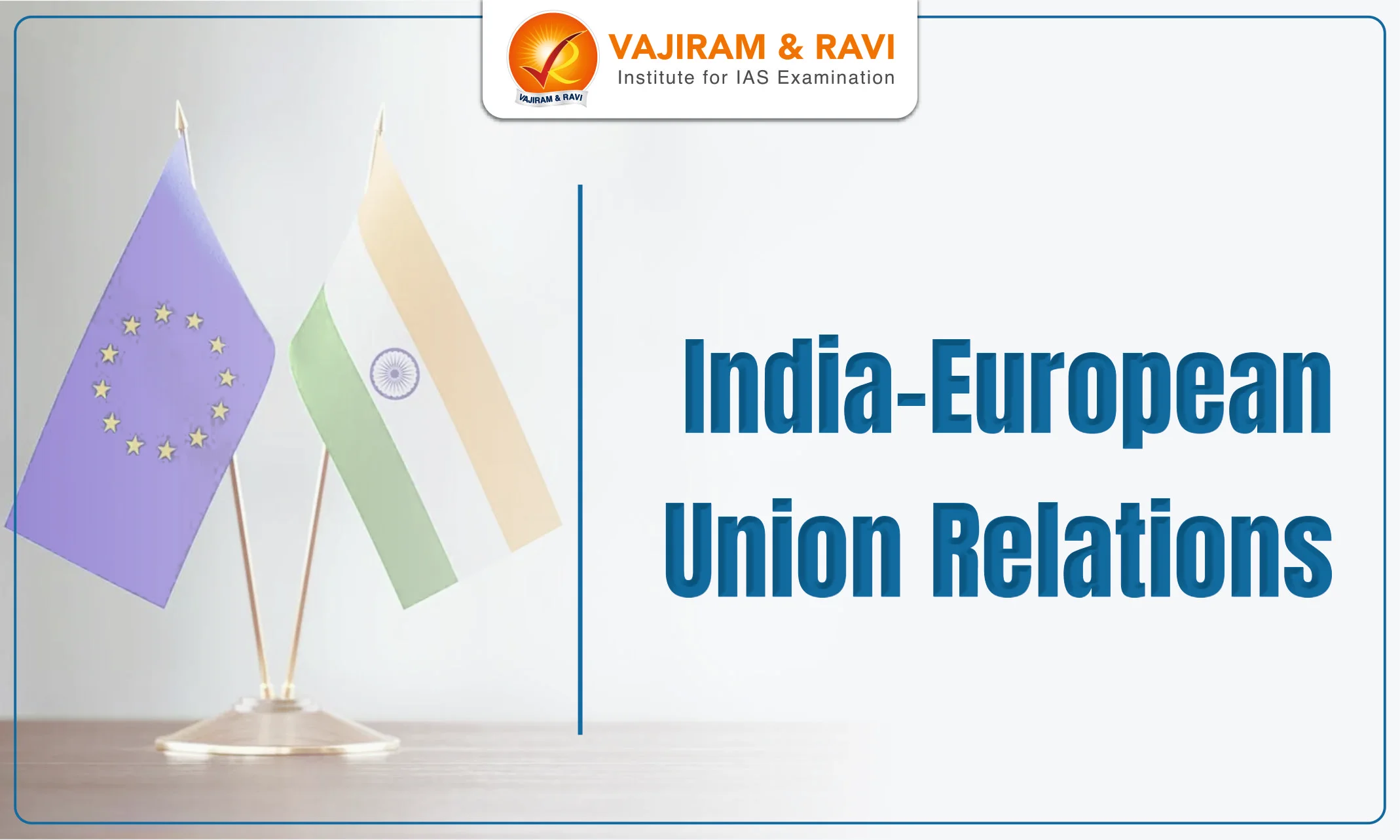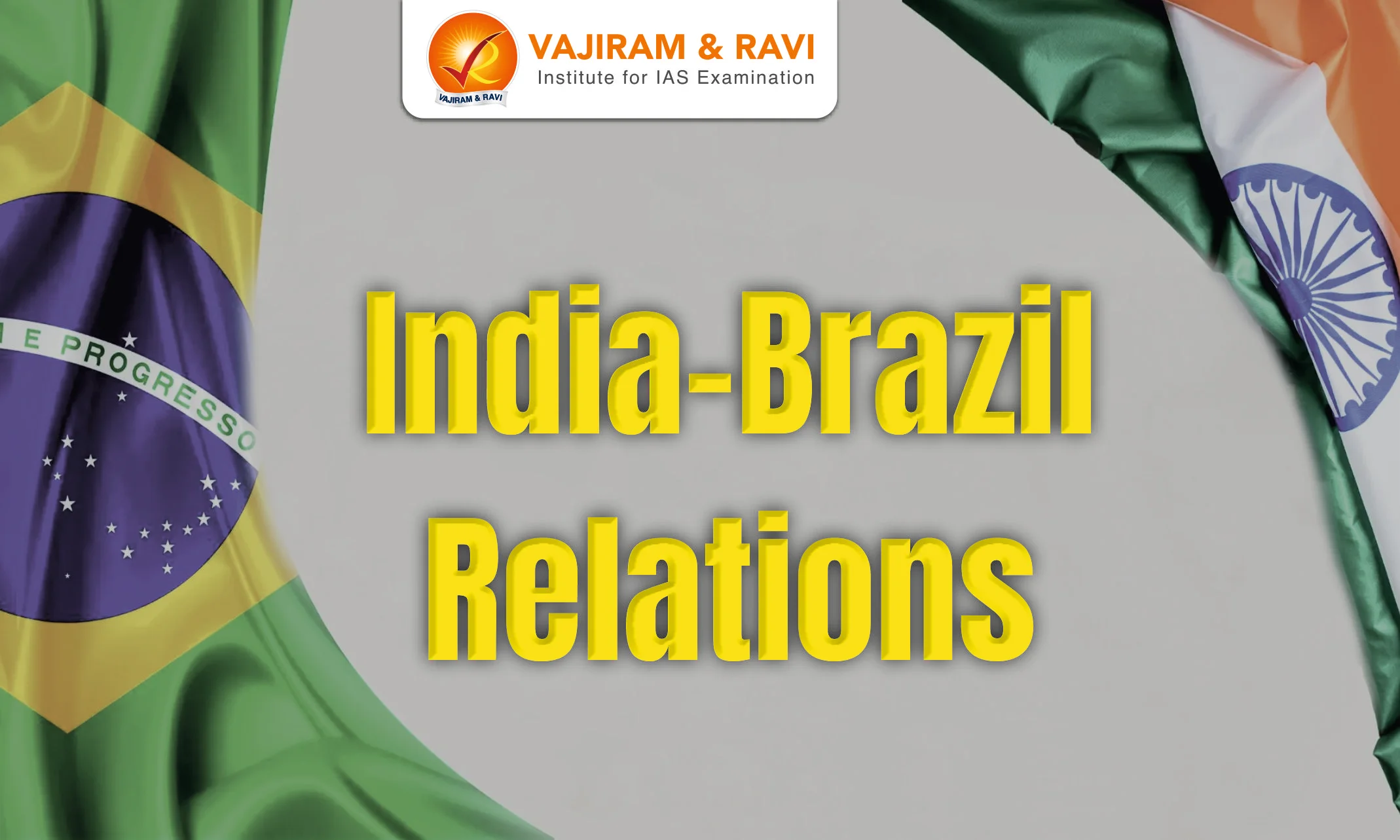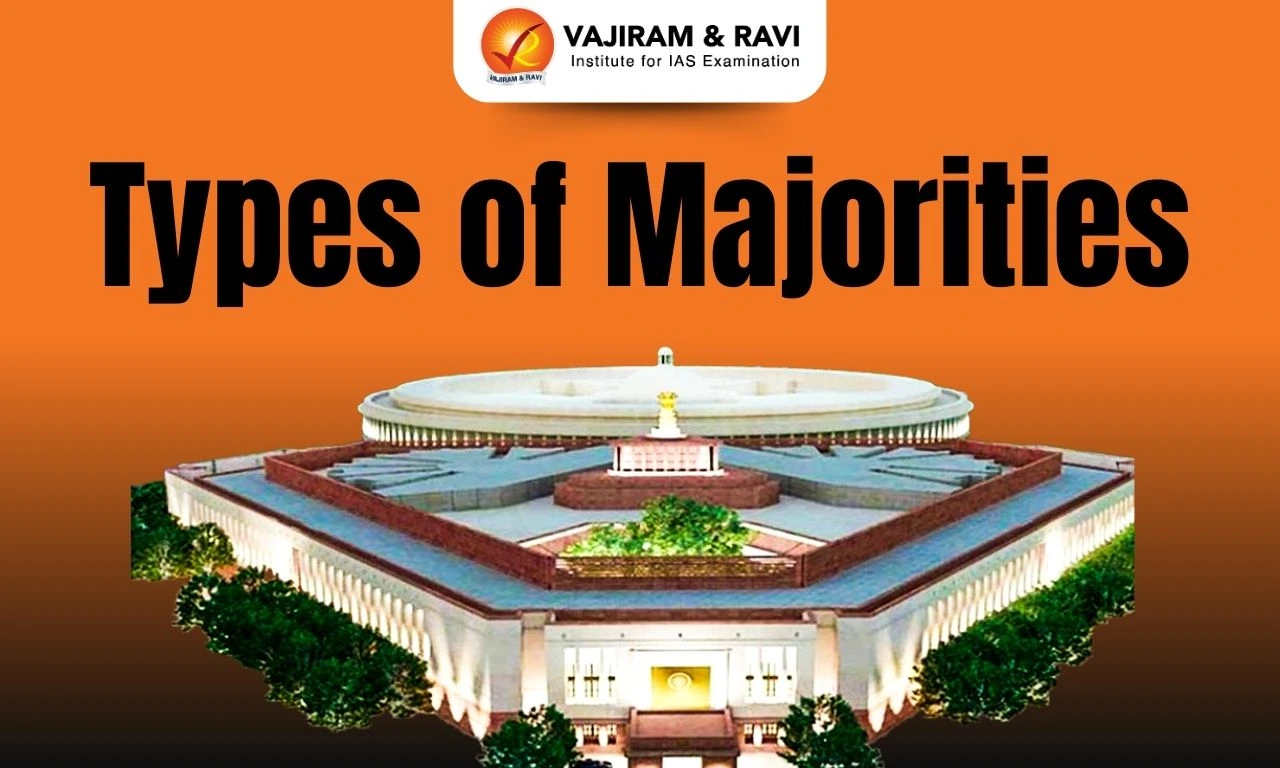How did the Rashtrakuta Dynasty emerge?
The Rashtrakutas, who were bidding their time to capture Kannauj from Pratiharas, succeeded in their motive and continued to rule until the 10th century CE.
- Descendance: They claimed descent from the Rastikas or Rathikas, an important clan living in the Kannada-speaking region and mentioned in the edicts of Ashoka.
- Region: The heart of the Rashtrakuta empire included nearly the entire present-day Karnataka, Maharashtra and parts of Andhra Pradesh.
What is the political history of the Rashtrakuta dynasty?
Some of the important kings of the Rashtrakuta dynasty and their significance:
| Rashtrakutas - Kings - Significance | ||
| Period: 753 -982 CE. | Capital: Manyakheta (Malkhed) | |
| Kings | Significance | |
| Dantidurga (735-756 AD) |
|
|
| Krishna I (756-774 AD) |
|
|
| Contribution to architecture: | ||
|
Kailasanatha Temple (Ellora) |
|
|
| Dhruva (780-793) |
|
|
| Govinda III (793-814 AD) |
|
|
| Amoghavarsha I (814-878 AD) |
|
|
|
Contribution to Literature: He was a great patron of literature.
Contribution to architecture: He built the capital city, Manyakheta so as to excel the city of Indra.
|
||
| Indra III (914-929) |
|
|
| Krishna III (939-967) |
|
|
|
Contribution to Literature: He patronaged poets Pampa and Ponna
|
||
| Contributions of the Rashtrakutas to Art and Architecture | ||
|
Dashavatara Temple (Ellora, Maharashtra) |
|
|
|
Elephanta Caves (Elephanta Island, Maharashtra) |
|
|
| Contribution to Literature | ||
| Pampa |
|
|
| Sri Ponna |
|
|
What was the administrative organisation of Rashtrakutas?
The Rashtrakuta Empire followed a decentralised scheme of administration. The administration of Rashtrakutas is discussed below:
Central administration:
- Succession: Inscriptions and other literary records indicate the Rashtrakutas selected the crown prince based on heredity.
- The crown did not always pass on to the eldest son. For example, Govinda III was the third son of King Dhruva Dharavarsha.
- Important officers: The most important position under the king was the Chief Minister (Mahasandhivigrahi), whose position came with five insignia commensurate with his position.
- They are a flag, a conch, a fan, a white umbrella, a large drum and five musical instruments called Panchamahashabdas.
- Other important officers: Under Chief Minister was the commander (Dandanayaka), the foreign minister (Mahakshapataladhikrita) and a prime minister (Mahamatya or Purnamathya), all of whom were usually associated with one of the feudatories.
- Role of women in administration: There were cases where women supervised significant areas, as when Revakanimaddi, daughter of Amoghavarsha I, administered Edathore Vishaya.
Provincial administration:
- Rashtra: The kingdom was divided into Mandala or Rashtras (provinces). A Rashtra was ruled by a Rashtrapathi who, on occasion, was the emperor himself. During the reign of Amoghavarsha I, he had sixteen Rashtras.
- Vishayas: Under a Rashtra was a Vishaya (district) overseen by a Vishayapathi. Trusted ministers sometimes ruled more than a Rashtra.
- For example, Bankesha, a commander of Amoghavarsha I headed five rashtras; Banavasi, Belvola, Puligere, Kunduru and Kundarge.
- Nadu: Below the Vishaya was the Nadu looked after by the Nadugowda or Nadugavunda.
- Grama: The lowest division was a Grama or village administered by a Gramapathi or Prabhu Gavunda.
Military administration:
- Composition of Army: The Rashtrakuta army consisted of large contingents of infantry, horsemen, and elephants. A standing army was always ready for war in a cantonment (Sthirabhuta Kataka) in the regal capital of Manyakheta.
- Feudatory armies: Large armies were also maintained by the feudatory kings, who were expected to contribute to the defence of the empire in case of war.
What were the socio-religious conditions during the Rashtrakutas?
The society and religion of the Rashtrakuta kingdom were similar to the conditions of the 10th-century social and religious conditions of India.
Society
- Divisions: Al-Biruni, the famed 10th-century Persian Indologist mentions sixteen castes, including the four basic castes of Brahmins, Kshatriya, Vaishya and Shudras.
- Lower castes: The Antyajas caste provided many menial services to the wealthy. Brahmins enjoyed the highest status in Rashtrakuta society; only those Kshatriyas in the Sat-Kshatriya sub-caste (noble Kshatriyas) were higher in status.
- Brahmins: The careers of Brahmins usually related to education, the judiciary, astrology, mathematics, poetry and philosophy or the occupation of hereditary administrative posts.
- Also, Brahmins increasingly practised non-Brahmanical professions (agriculture, trade in betel nuts and martial posts.
- Occupation: People in the professions of sailing, hunting, weaving, cobbling, basket making and fishing belonged to specific castes or subcastes.
- Family system: Joint families were the norm, but legal separations between brothers and even father and son have been recorded in inscriptions.
- Position of women: Women and daughters had rights over property and land, as there are inscriptions recording the sale of land by women.
- Entertainment: Dancing was a popular entertainment, and inscriptions speak of royal women being charmed by dancers, both male and female, in the king's palace.
- Other recreational activities included attending animal fights of the same or different species.
- Other developments: Astronomy and Astrology were well developed as subjects of study, and there were many superstitious beliefs, such as catching a snake alive proved a woman's chastity.
Religion
- Major religions: Jainism was patronised by later rulers such as Amoghavarsha I, Indra IV, Krishna II and Indra III. Buddhism declined, and its only important centre was at Kanheri. The Brahmanical religion was also popular.
- Popular Gods: The worship of Shiva and Vishnu was popular during the Rashtrakuta reign. The seals have pictures of Garudavahana of Vishnu or Shiva seated in yogic posture.
- Rituals: Dantidurga performed the Hiranyagarbha ritual at Ujjayini. There are references to Tula-danas gift or offer of gold equal to one’s own weight to temple deities.
How did the Rashtrakuta dynasty decline?
- Attack by Paramaras: In 972 A.D., during the rule of Khottiga Amoghavarsha, the Paramara King Siyaka Harsha attacked the empire and plundered Manyakheta, the capital of the Rashtrakutas.
- This seriously undermined the reputation of the Rashtrakuta Empire and consequently led to its downfall.
- Immediate cause: The final decline was sudden as Tailapa II, a feudatory of the Rashtrakuta ruling from Tardavadi province in the modern Bijapur district, declared himself independent.
- Feudatories declaring independence: With the fall of the Rashtrakutas, their feudatories and related clans in Deccan and northern India declared independence.
- Annexation by Western Chalukyas: The Western Chalukyas annexed Manyakheta and made it their capital until 1015 and built an impressive empire in the Rashtrakuta heartland during the 11th century.
Last updated on December, 2025
→ Check out the latest UPSC Syllabus 2026 here.
→ Join Vajiram & Ravi’s Interview Guidance Programme for expert help to crack your final UPSC stage.
→ UPSC Mains Result 2025 is now out.
→ UPSC Notification 2026 is scheduled to be released on January 14, 2026.
→ UPSC Calendar 2026 is released on 15th May, 2025.
→ UPSC Prelims 2026 will be conducted on 24th May, 2026 & UPSC Mains 2026 will be conducted on 21st August 2026.
→ The UPSC Selection Process is of 3 stages-Prelims, Mains and Interview.
→ UPSC Result 2024 is released with latest UPSC Marksheet 2024. Check Now!
→ UPSC Toppers List 2024 is released now. Shakti Dubey is UPSC AIR 1 2024 Topper.
→ Also check Best IAS Coaching in Delhi
Tags: quest rashtrakutas dynasty

















